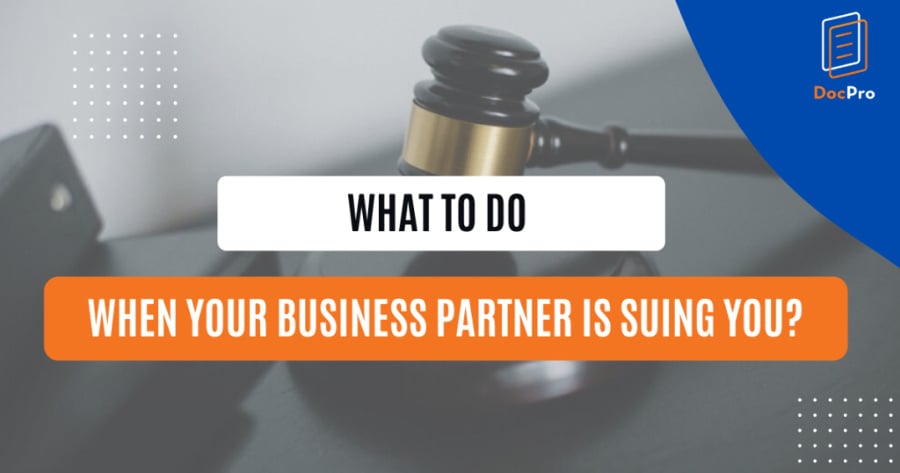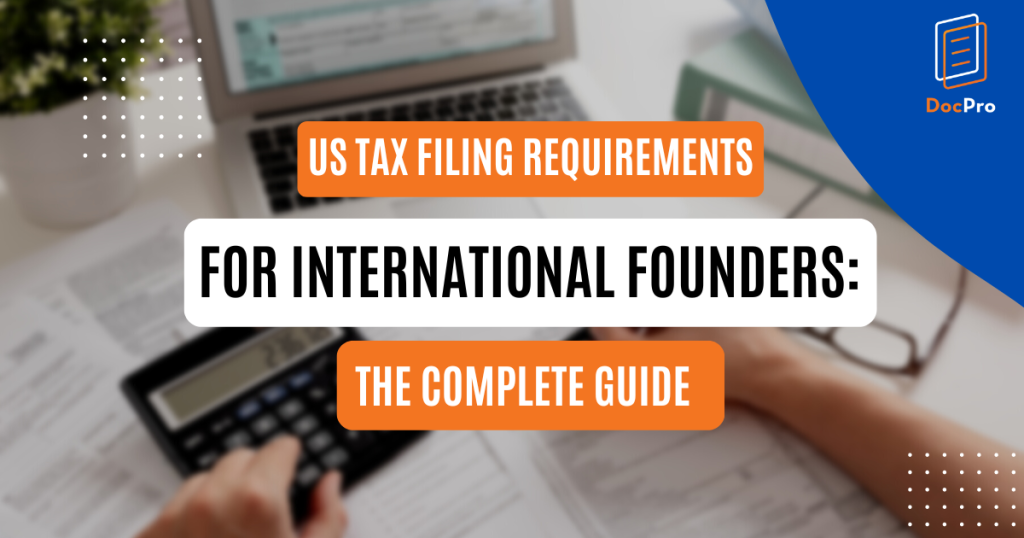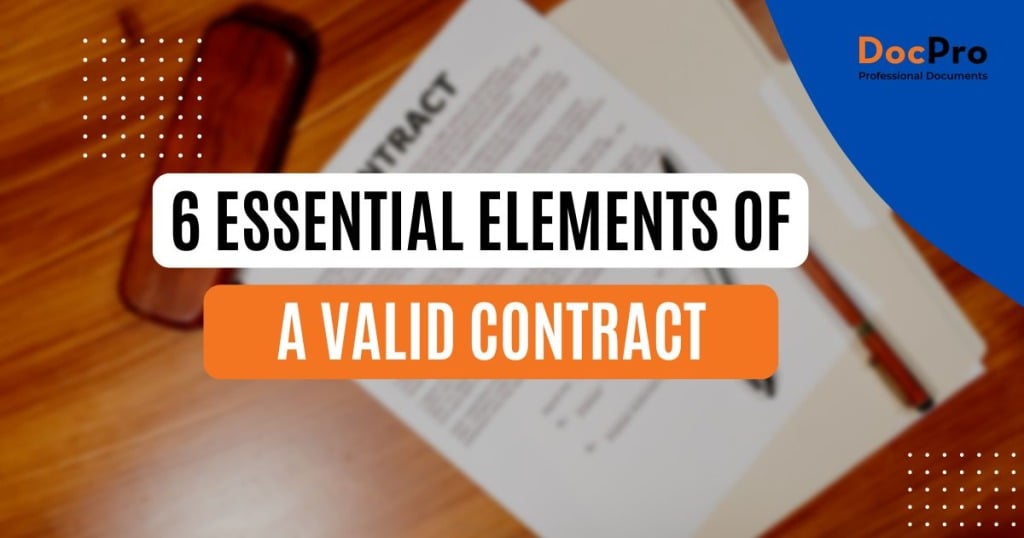Partnership / Limited Partnership / LLP Agreement


General partnership – liability is unlimited and each JV party is liable for the whole of the liabilities of the venture (although JV parties can themselves be corporate entities). Any change to the identity of the partners will entail a new partnership arrangement which can be an expensive and time-consuming process. The advantage is that sensitive details of the venture can remain completely private between the JV parties.
Limited partnership – the general partner manages the JV and has unlimited liability. Limited partners have limited liability but must be passive and play no part in the day-to-day management of the company – otherwise, the benefits of limited liability are lost. This is popular as an investment vehicle (where the majority of participants are passive investors) but not suitable for commercial joint ventures as limited partners must not be involved in the management of the venture. The advantage is that sensitive details of the venture can remain completely private between the JV parties.
LLP - Limited liability for LLP members. Increasingly common vehicle for commercial ventures (no longer used solely for professional partnerships).
LLP and Company both have limited liability. LLPs also have a number of potential advantages when compared with companies.
A disadvantage of using the LLP as a joint venture vehicle is that, as with any new form of entity, there may be some reluctance amongst potential participants to use an LLP because the roles and responsibilities of LLP members are not as familiar as the defined roles of directors and shareholders in limited companies. Limited liability may be undermined in practice by guarantees and security required to support external financing and third-party contracts.
Members are often confused about the difference between General Partnership, Limited Partnership, and Limited Liability Partnership. The following table is a quick reference guide:
|
Limited Liability Partnership ("LLP") |
Limited Partnership |
General Partnership |
|
Separate legal entity ✔ |
Not a separate legal entity X |
Not a separate legal entity X |
|
Limited liability for members ✔ |
Limited liability only for limited partners ✔, unlimited liability for general partners X |
Unlimited liability for partners X |
|
Incorporated by registration at Companies House ✔ |
Register of limited partnership at Companies House ✔ |
Few formalities. Can be created orally or by practice. |
|
Can be formed by two or more persons. No maximum |
Can be formed by two or more persons. No maximum (in some jurisdictions may be a 20 partner limit) |
Can be formed by two or more persons. No maximum (in some jurisdictions may be a 20 partner limit) |
|
Generally, tax is transparent unless in formal liquidation ✔ |
Not tax transparent. Is a taxable entity X |
Tax transparent ✔ |
|
No restriction on withdrawal of capital (subject to "clawback" provisions in insolvency) |
No restriction on withdrawal of capital |
No restriction on withdrawal of capital |
|
An LLP Agreement where the liabilities of members are limited. This agreement is drafted for 2-5 parties and available in the following forms: Neutral, Full Indemnity, or No Indemnity between the Shareholders. |
Limited Partnership Agreement provides a basic Partnership framework only. This agreement is drafted for 2-5 parties and available in the following forms: Neutral, General Partner, or Limited Partner. |
Partnership Agreement establishing a general partnership under local law. It provides a basic Partnership framework only. This agreement is drafted for 2-5 parties and available in the following forms: Neutral, Full Indemnity, or No Indemnity between the Shareholders. |

12 Jun 2024
5 min read

28 May 2024
6 min read

19 May 2023
3 min read

16 Sep 2021
4 min read

19 Mar 2021
5 min read

16 Oct 2020
9 min read

27 Aug 2020
8 min read

27 Aug 2020
9 min read

4 Aug 2020
9 min read

12 Jun 2020
9 min read

1 Mar 2020
11 min read

10 Dec 2019
8 min read






Not the right document?
Don’t worry, we have thousands of documents for you to choose from: